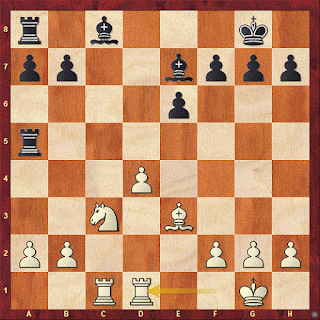'In chess the tactics may change but the strategic fundamental principles are always the same, so that Chess
Fundamentals is as good now as it was thirteen years ago.' -Capablanca
Control of centre has been considered as heart of Chess strategy from time immemorial. But as the Cuban World Champion has pointed out, the fundamentals remain the same, though application may change in course of time. I quote Capa from his edition of Chess Fundamentals in 1934:-
'In chess the tactics may change but the strategic fundamental principles are always the same, so that Chess
Fundamentals is as good now as it was thirteen years ago. It will be as good a hundred years from now; as long in fact
as the laws and rules of the game remain what they are at present.'
When Chess fundamentals was released for the first time in 1921, the Hypermodern era in chess had not flourished in full flow, whereas thirteen years later it had a great number of adherents- Reti,Nimzo, Tartakower to name a few and not to be left behind were the World Champions Alekhine and Capa too!
The Hypermodernists as they liked to call themselves came up with an idea that centre control need not be achieved only by pawn occupation of central squares, but can equally be done from pieces controlling the centre from flanks. Coming back to the Cuban genius' comment the fundamental principle of central control is all inclusive and gives one room for improvement as and when the situation arises. This is a typical feature in any artistic endeavour.
While taking a look at a recent game of Indian Super talent Erigasi, these thoughts about central control by various means were sparked. What if a flank pawn was given up in return for a central one in ordered acquire control of central squares? Surely this must be a method envisioned by Hypermodernists, right?






